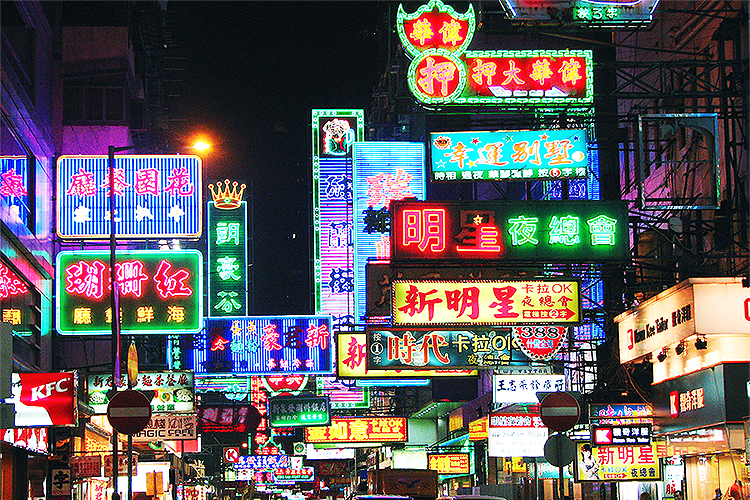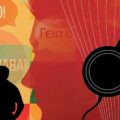随着PTE考生对PTE口语和PTE听力的重视,大家口语和听力的分数得到极大提高,但是PTE阅读渐渐成为考生们新的难题。墨尔本悉尼文波PTE特别为PTE考生们挑选了适合练习PTE阅读的文章,主题,内容,长度都与PTE阅读题中的文章相似.激活学过的词汇,更新新的词汇,提高阅读速度,全面提升自己的阅读能力.
Beyond the obvious downsides of light pollution—such as grumbling astronomers or sea turtle hatchlings and migrating birds drawn off course by bright lights—most of its related effects are surprisingly hard to quantify. Researchers still lack deep understanding of the complex relationships between many nocturnal predators and prey, let alone how varying levels of artificial light changes them. For humans the effects are similarly muddled. Based on multiple epidemiological studies, the World Health Organization in 2007 and the American Medical Association in 2012 each issued statements warning that extended exposure to light at night increases the risk of certain cancers, probably via alterations to circadian rhythms and associated hormone levels. Even so, most of these studies did not distinguish between exposure to outdoor sources, like streetlights, and indoor ones, like television and smartphone screens.
The most fundamental difficulty, however, has been that no one knows exactly how severe the problem is. Total levels of nighttime lighting are straightforward to calculate from satellite images—scientists have done this for decades—but determining how much “sky-glow” all that light causes as it scatters through Earth’s atmosphere is a thornier task. Falchi and colleagues obtained their light pollution estimates by running the Suomi satellite data through an atmospheric model that calculates sky-glow at zenith (directly overhead) in a cloud-free sky. They then compared and further calibrated these results with real measurements of sky brightness taken from various clear-skied sites on Earth. The model’s threshold for significant light pollution was when the night sky directly overhead was calculated to become just 1 percent brighter than its ink-black natural state.





